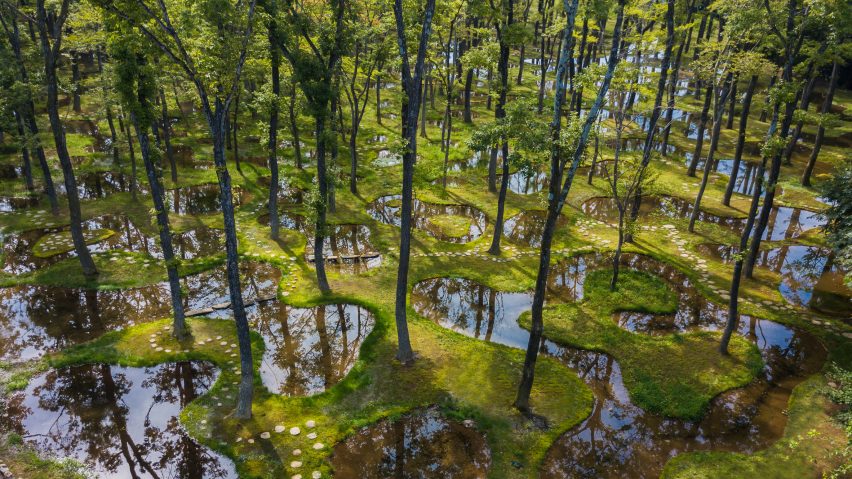
Junya Ishigami's Japanese water garden wins €100,000 Obel Award
ObelArt Biotop Water Garden, an artificial landscape by Junya Ishigami near the Nasu Mountains in Japan, has won the inaugural Obel Award.
The new international prize of €100,000 (£86,000) – making it one of the world's richest architecture prizes – is given by the Henrik Frode Obel Foundation to a project completed in the last five years that offers "seminal solutions to urgent problems".
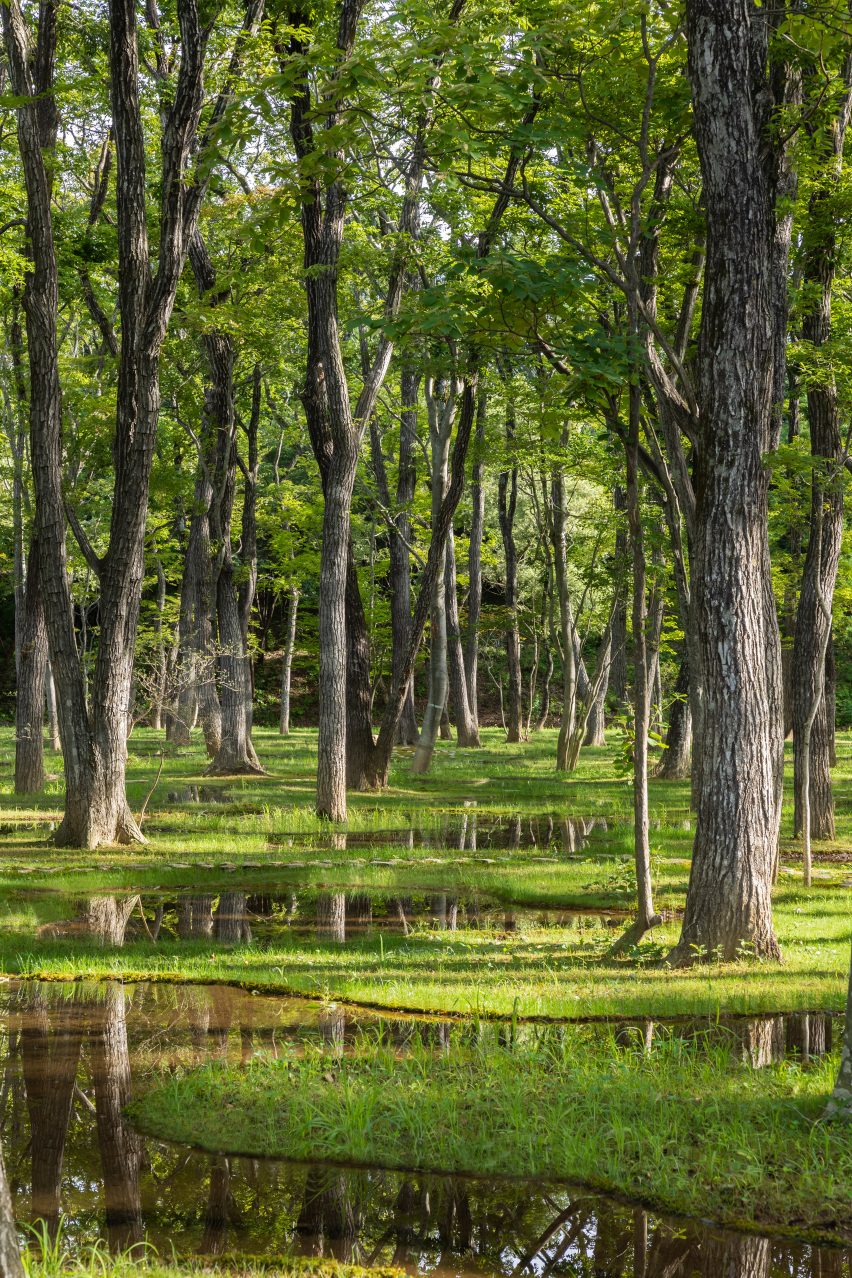
Ishigami's Art Biotop Water Garden was selected by the jury for demonstrating how human intervention can enhance a landscape, rather than damaging it.
The water garden, which is attached to artist's retreat Art Biotop, is formed of 318 trees planted around 160 small ponds. These ponds, or biotopes, are miniature habitats for aquatic plants and animals.
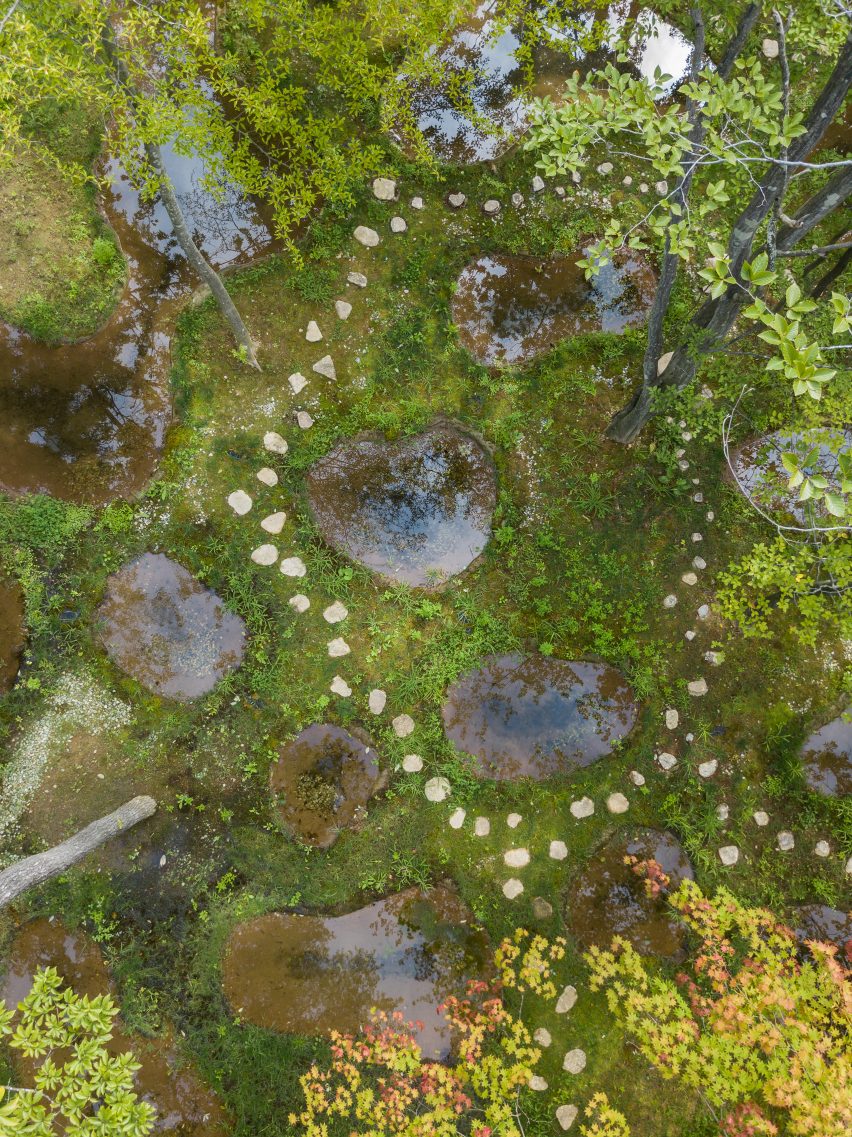
Each mature tree was painstakingly relocated from the area where the residency was built, uprooted and replanted over the course of four years.
Leaves and sky are reflected in the pools of water, which are surrounded by a carpet of moss and pathways made of stepping stones.
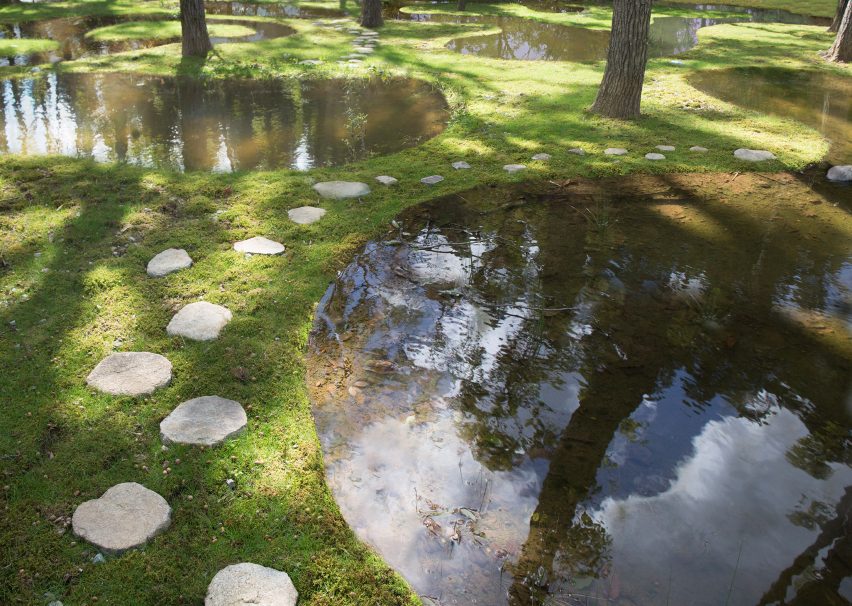
"The garden is at once a highly artificial landscape, carefully modelled and dependent on technological artifacts, and an undeniably natural and living organism that grows and changes by its own inherent dynamics," said the Obel Prize jury.
"The project demonstrates how we can interact with and make our imprint on nature without destroying it."
Intended as a place for meditation and contemplation, the garden is open to the artists staying at Art Biotop and visitors who book a tour.
Along with the award, the Henrik Frode Obel Foundation awards grants to architecture students and organises an annual symposium. Based in Denmark, it was founded in memory of businessman Henrik Frode Obel.
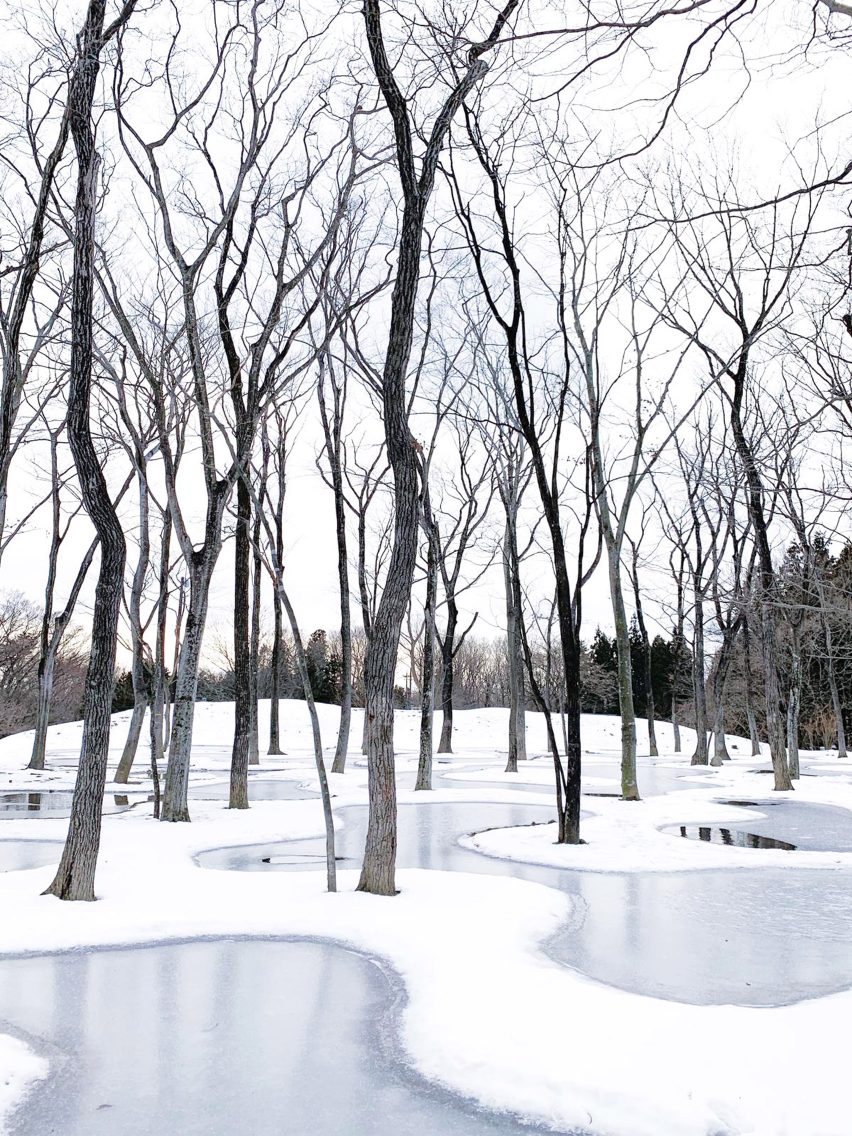
Ishigami, who founded Junya Ishigami and Associates in 2004, was the designer of this year's Serpentine Pavilion in London. The structure is a rocky hummock of piled-up slate supported by thin white columns intended to become a temporary part of the park's landscape.
The project attracted controversy at the time when allegations were made that Junya Ishigami and Associates did not pay its architecture interns.
Photography is by Nikissimo.